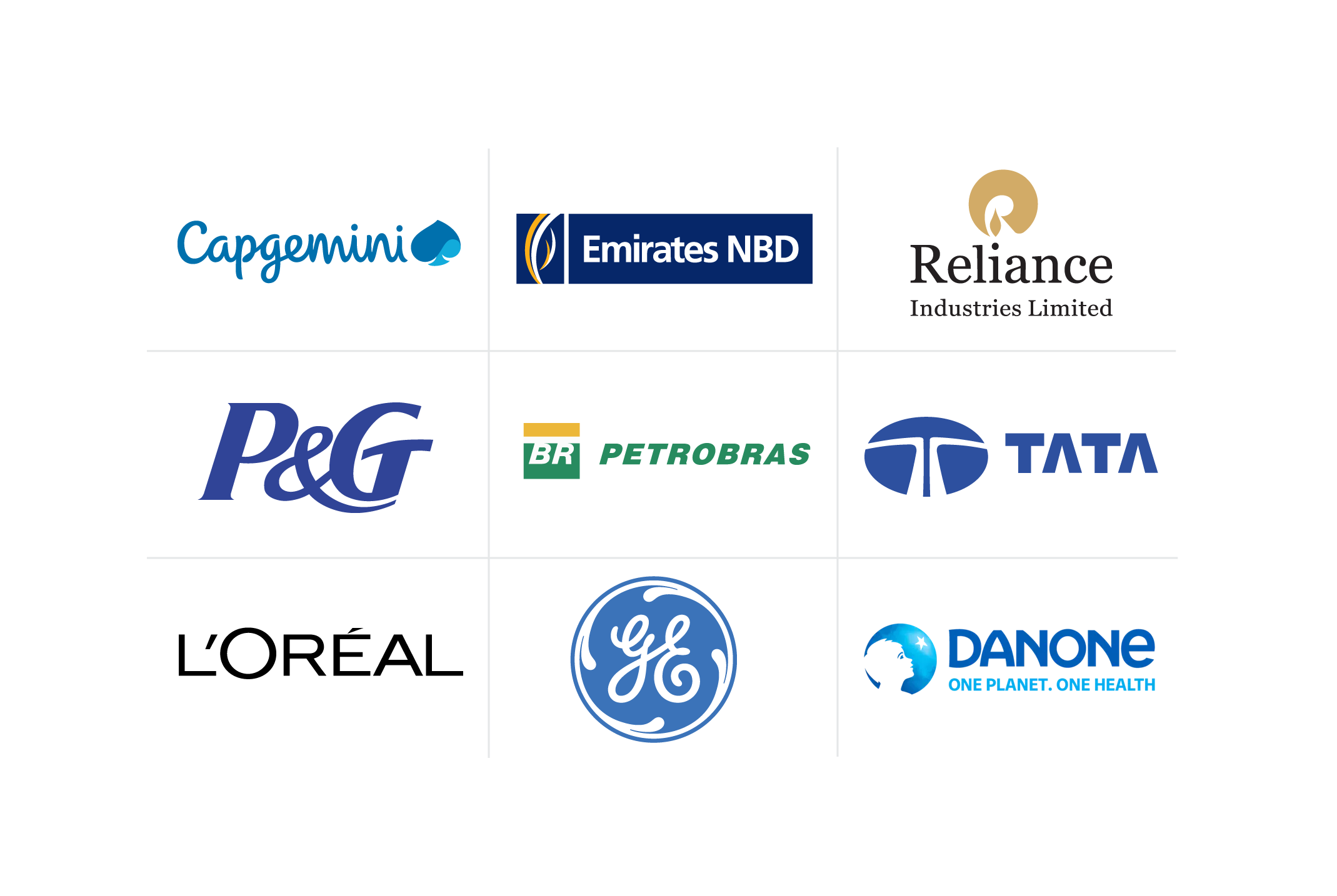OKR Examples for Learning and Development: How to Get Started
Examine five OKR examples for learning development, along with how to set effective clear objectives, define key results, and navigate any challenges.
![[Featured Image] A corporate instructor stands in front of a class of employees and business leaders, explaining OKR examples for learning and development.](https://d3njjcbhbojbot.cloudfront.net/api/utilities/v1/imageproxy/https://images.ctfassets.net/2pudprfttvy6/3sLOchf4JDTMznP2UZrjed/5a148b5231a10fc8401878f9064ace90/GettyImages-1557064167.jpg?w=1500&h=680&q=60&fit=fill&f=faces&fm=jpg&fl=progressive&auto=format%2Ccompress&dpr=1&w=1000)
OKR, or objectives and key results, is a framework businesses and organizations use to set goals and measure and achieve results. The objectives align with the work your team undertakes, and the tasks you outline ensure everyone is working together to achieve the same objectives. You monitor progress through the key results, which you outline as measurables.
Discover how you can use OKRs to focus on learning and development (L&D) for your employees, with examples to adapt to your organization’s needs and how to overcome any challenges you may encounter.
What is the significance of OKRs in learning and development?
OKRs have great potential for use in learning and development. They allow leaders to set objectives for learning and measure development by key results. Generally, OKRs are used for group work rather than individual progress, so each person can see how they contribute to an overall goal. Within each OKR, employees know their individual roles and what team leaders expect them to contribute.
Objectives and key results in learning and development
When outlining objectives and key results in your learning and development strategy, it’s important to be clear on what the terms mean and to ensure that they relate to learning new skills and personal and professional development.
Objective: A goal or outcome in alignment with a team or organization. In L&D, this may be to increase technical skills.
Key results: How you monitor and measure an objective, providing evidence that it has been achieved or is on its way to being achieved. For example, each team member has earned a Professional Scrum Master I certification.
When working on OKRs related to learning and development, it's important to connect employee development to overall company objectives and ensure you consider employees' and the organization's learning needs.

5 OKR examples for learning and development
For your OKRs to be successful, they must be purposeful; your objective must be clear and aligned to your business needs; and your results must be measurable, specific, time-dependent, and realistic. Take a look at some L&D OKR examples below. You can use these or adapt them to suit your own organizational needs. As you write your OKRs, consider using the following pattern:
Our team will [objective] as measured by [key results].
OKR example 1: Skill development
Objective
Consistently increase the team's capabilities.
Key results
100 percent of employees have a personal development plan.
Conduct one-on-one meetings for every employee monthly.
Launch a training scheme tailored and focused on areas of individual need.
OKR example 2: Leadership development
Objective
Improve the effectiveness of people management.
Key results
Conduct 360 reviews for all managers annually.
Complete management training with 80 percent of managers within 6 months.
Introduce anonymous feedback surveys and complete them monthly.
OKR example 3: Employee onboarding and training
Objective
Streamline employee onboarding and training.
Key results
Achieve an employee onboarding process in 25 days.
Interview current staff to gain feedback on their onboarding and training process.
Develop a tailored training program for new recruits, approved by department leads.
OKR example 4: Cross-functional collaboration
Objective
Improve cross-functional team collaboration.
Key results
Hold inter-team meetings twice monthly.
Achieve 20 percent of staff participating in a skill swap initiative.
Plan and hold an annual team day for all teams.
OKR example 5: Employee engagement and satisfaction
Objective
Build a company culture where employee satisfaction is at the center.
Key results
Achieve a weekly employee satisfaction score of 4.5.
Implement a confidential weekly feedback process.
Develop monthly professional development opportunities.
Deliver weekly meetings celebrating learning outcomes and achievements.
Overcoming challenges and maximizing OKR effectiveness
To make OKRs for learning and development effective, be aware of challenges you may need to overcome, including successfully adopting a new process, ensuring staff engagement, and developing strategies to continually improve your OKR L&D plans.
Adoption of OKRs into learning and development processes
To effectively integrate OKRs into your organization's learning and development strategies, it’s important that they are a fundamental part of the business and that staff can relate to them as part of the company’s mission and culture and benefit from them. Acceptance of OKRs needs to be top-down. If the CEO is on board and promoting the use of OKRs, this will trickle down as a key business component.
Increasing understanding of OKRs
Employees need to understand what an OKR is and how it works. It’s important that you communicate to all staff what OKRs are, how they work, and why they are effective. Put into context the problems you are trying to solve and how an OKR can help you work toward solutions and measure results. Invest in training so the process is effective and you have employee buy-in
Continuous improvement and adaptation
Emphasize the iterative nature of OKRs and the need for continuous improvement. Encourage employees to provide feedback and offer learning opportunities for staff. Start small with your OKR strategy and build outward until it is an ingrained part of company culture, teaching that it’s possible to develop and adapt all processes.
Getting started with Coursera
Corporations, companies, and organizations use OKRs to support learning and development initiatives. Setting clear objectives and having specific, measurable results to monitor performance towards a goal gives a common outcome for a whole team to aim for.
Gain a thorough understanding of OKR-driven learning initiatives with courses on Coursera, such as OKR Certification: Leadership and Goal Setting, delivered by John Doerr, one of the original proponents of OKRs and founder of Measure What Matters. You can also take a look at a course about Learning and Development, such as this one delivered by HRCI, to understand more about how to set goals that relate to learning and development within an organization.
Attract exceptional talent, support internal mobility, and prepare workers for in-demand, digital jobs with Career Academy from Coursera. Featuring a curated catalog of guided tutorials and projects focused on high-value digital skills and tools, Career Academy offers competitive career development opportunities with training programs from industry leaders like Google, Salesforce, Intuit, Meta, and Ashok Leyland, among many others. Explore Coursera for Business to learn how to provide the technology training your business needs to be competitive.
This content has been made available for informational purposes only. Learners are advised to conduct additional research to ensure that courses and other credentials pursued meet their personal, professional, and financial goals.

